
Kentia palm - Plant
(MRP Inclusive of all taxes)
- Shipping ₹79 for entire order
- Dispatch in 7 days
- Country of origin: India

(MRP Inclusive of all taxes)
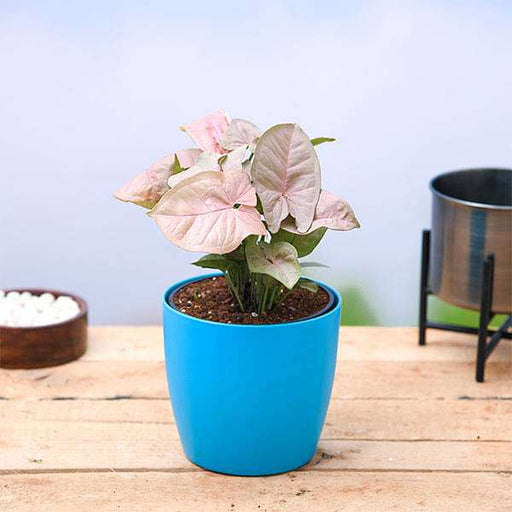
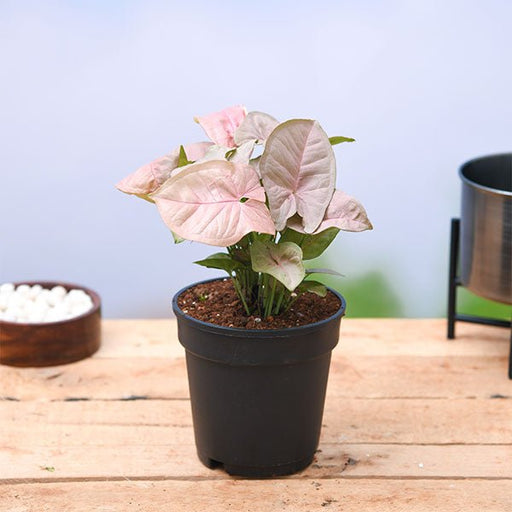 Save up to 20%
Save up to 20%
Syngonium (Pink) - Plant The Syngonium (Pink), also known as the Pink Arrowhead Plant, is a stunning tropical houseplant that captivates with its ...
View full details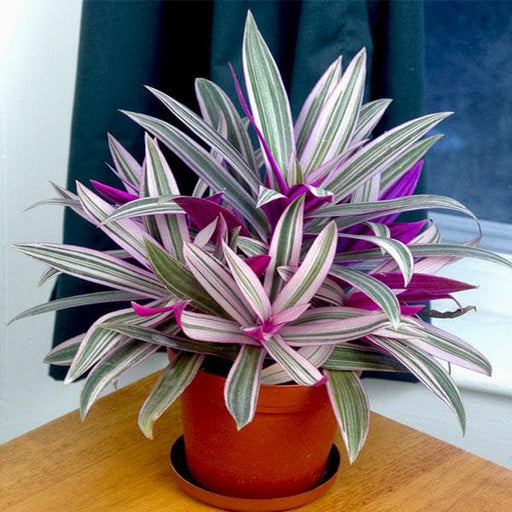 Save 20%
Save 20%
Rhoeo Plant, Rhoeo discolor (Tricolor, Variegated) The Rhoeo discolor, commonly known as the Tricolor or Variegated Rhoeo, is a stunning p...
View full details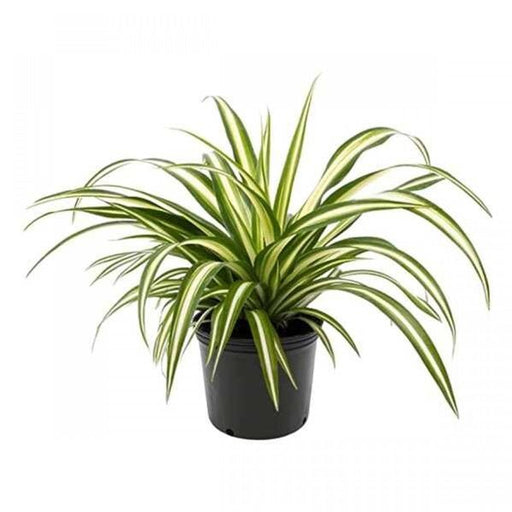 Save 26%
Save 26%
Chlorophytum, Spider Plant - Plant The Chlorophytum, commonly known as the Spider Plant, is a resilient and attractive houseplant that thrives in ...
View full details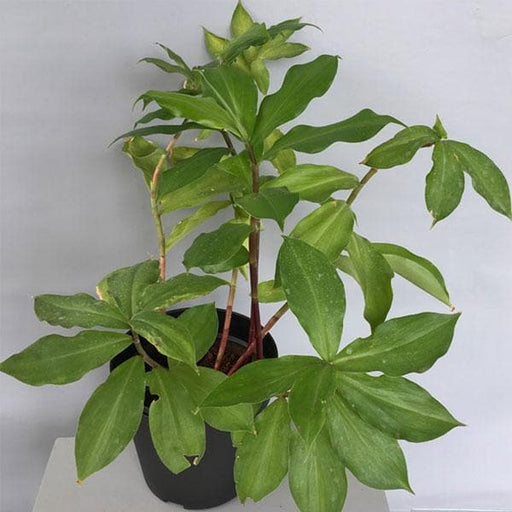 Save 26%
Save 26%
Insulin Plant, Costus igneus - Plant Description The Insulin Plant, scientifically known as Costus igneus, is a vibrant perennial herb native to S...
View full details
 Save up to 20%
Save up to 20%
Areca Palm (Small) - Plant The Areca Palm, scientifically known as Dypsis lutescens, is a stunning indoor plant that brings a touch of tropical el...
View full details
 Save up to 17%
Save up to 17%
Money Plant Marble Prince (Scindapsus N Joy) The Money Plant Marble Prince, scientifically known as Scindapsus N Joy, is a stunning houseplant tha...
View full details
 Save up to 20%
Save up to 20%
Money Plant, Scindapsus (Green) - Plant The Money Plant, scientifically known as Scindapsus aureus, is a popular houseplant celebrated for its lus...
View full details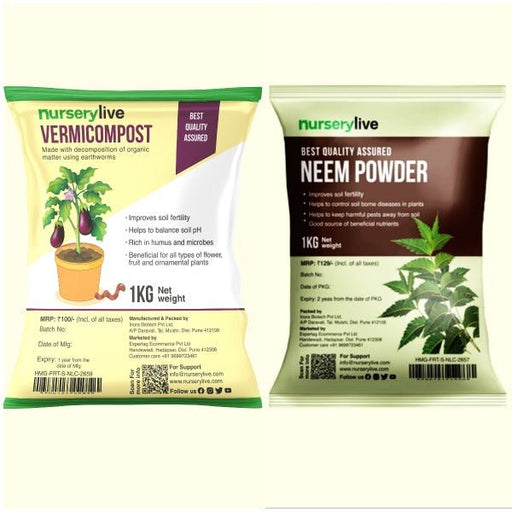 Save 15%
Save 15%
Pack of Vermicompost and Neem Cake for House Plants Transform your indoor garden with our premium Pack of Vermicompost and Neem Cake, spec...
View full details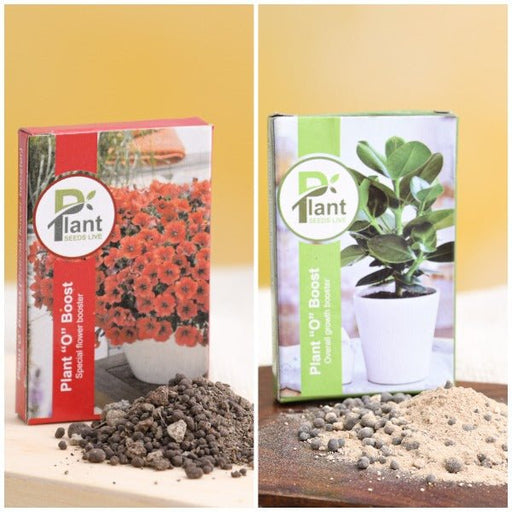
Pack of Plant Growth and Flower Boosters Unlock the full potential of your garden with our Pack of Plant Growth and Flower Boosters! This ...
View full details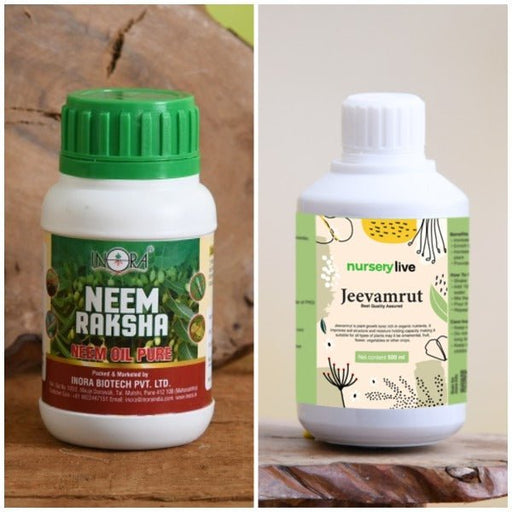 Save 38%
Save 38%
Combo of Jeevamrut and Neem Raksha for Easy Growth and Protection of Houseplants Transform your indoor garden with our exclusive combo of ...
View full details Save 22%
Save 22%
Plant Nutrients Kit (Pack of 16) for a Healthy Garden Transform your garden into a lush paradise with our Plant Nutrients Kit, featuring 1...
View full details Save 16%
Save 16%
Combo of Top Plant Fertilizers Elevate your gardening game with our exclusive Combo of Top Plant Fertilizers, featuring two bags of premiu...
View full details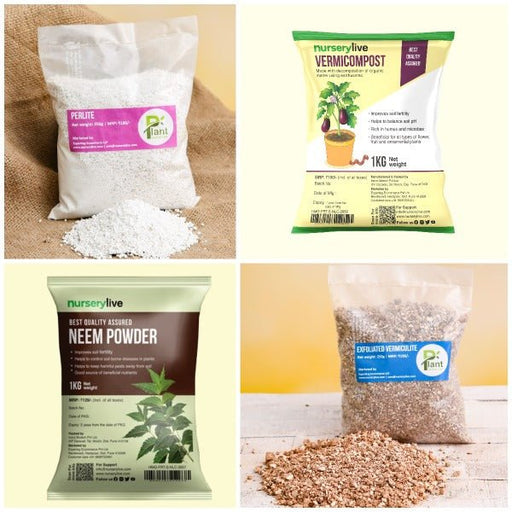 Save 24%
Save 24%
Pack of 4 Additives to Make Soil Healthy and Nutrient Rich Transform your garden into a thriving ecosystem with our Pack of 4 Additives de...
View full details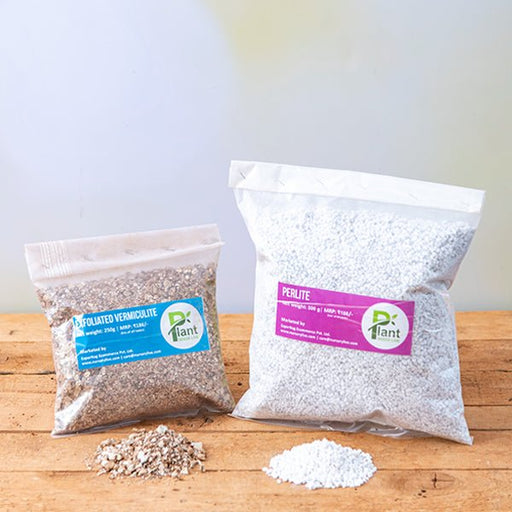 Save 30%
Save 30%
Transform your gardening experience with our premium Combo of Perlite and Vermiculite. This unique blend is designed to enhance soil aeration and ...
View full details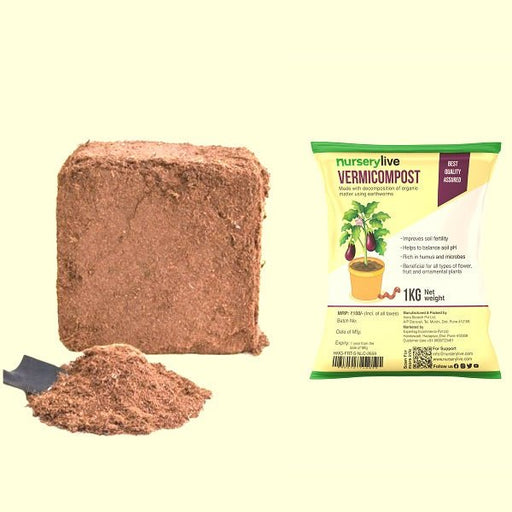 Save 27%
Save 27%
Combo of 2 Vermicompost and Cocopeat - Enrich Your Soil Naturally! Transform your garden into a thriving ecosystem with our Combo of 2 Ver...
View full details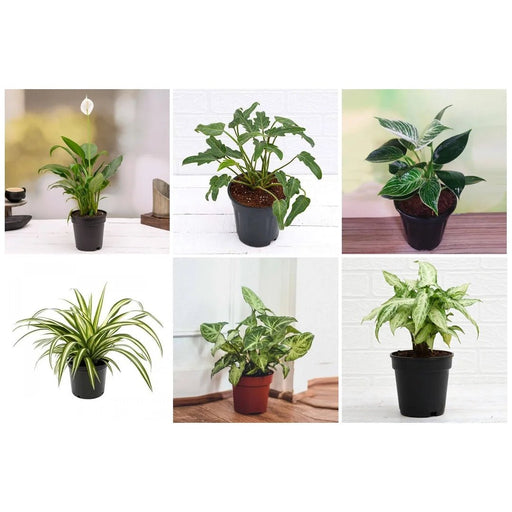
 Save 35%
Save 35%
Best 6 Plants for Perfect Indoor Garden Transform your living space into a lush oasis with our curated collection of the Best 6 Plants for a...
View full details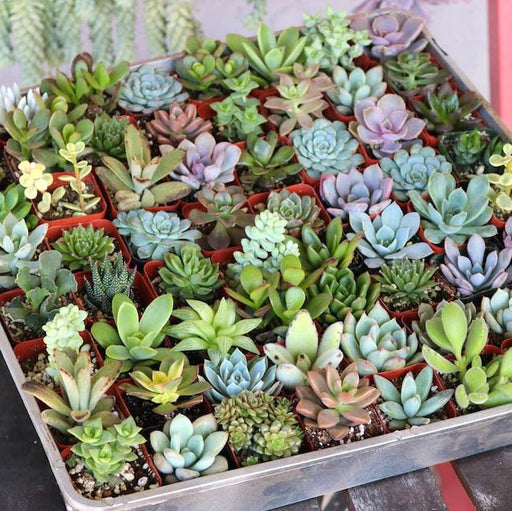
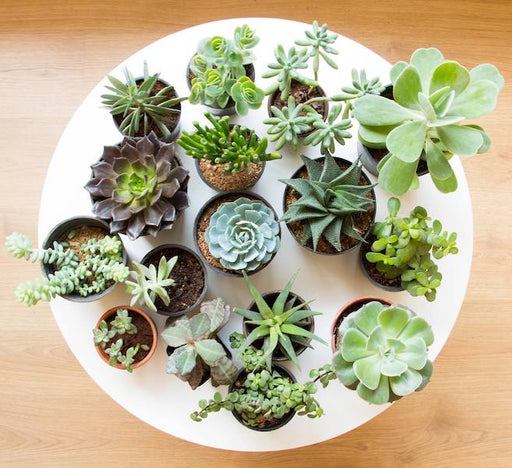 Save up to 50%
Save up to 50%
Mini Succulent Garden Pack Transform your space with our Mini Succulent Garden Pack, featuring a delightful collection of 4 any variety beautiful s...
View full details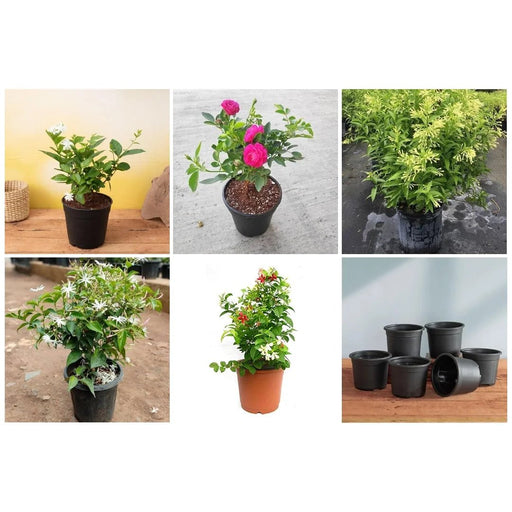
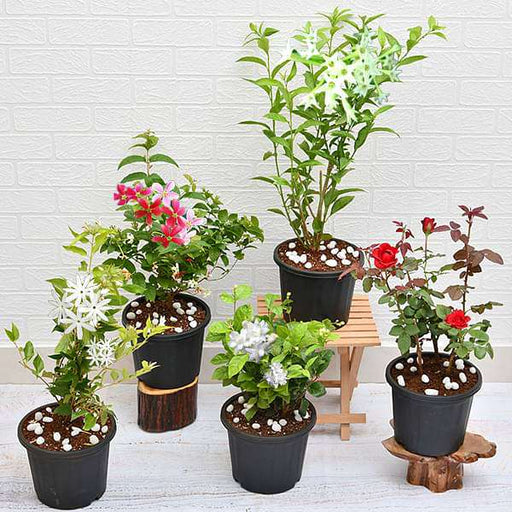 Save 30%
Save 30%
5 Best Fragrant Plants Transform your garden or indoor space into a fragrant paradise with our curated selection of the 5 Best Fragrant Plants. Th...
View full details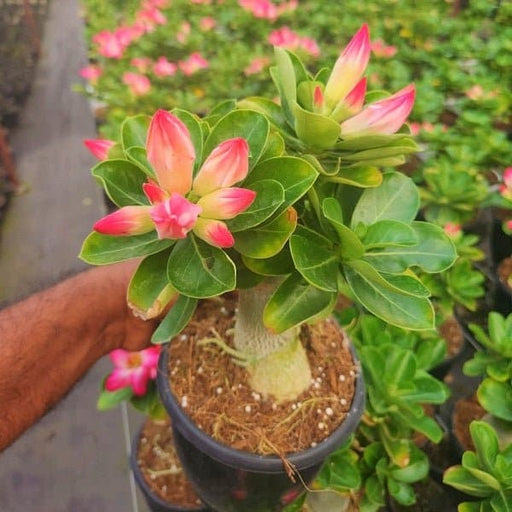
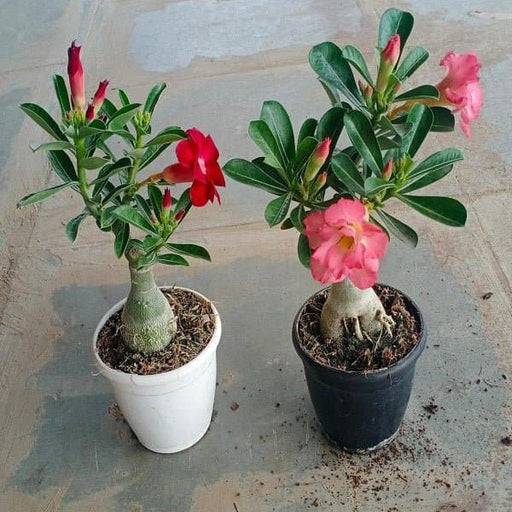 Save 24%
Save 24%
Set of 2 Bonsai Looking Grafted Adeniums Transform your indoor or outdoor space with our exquisite Set of 2 Bonsai Looking Grafted Adenium...
View full details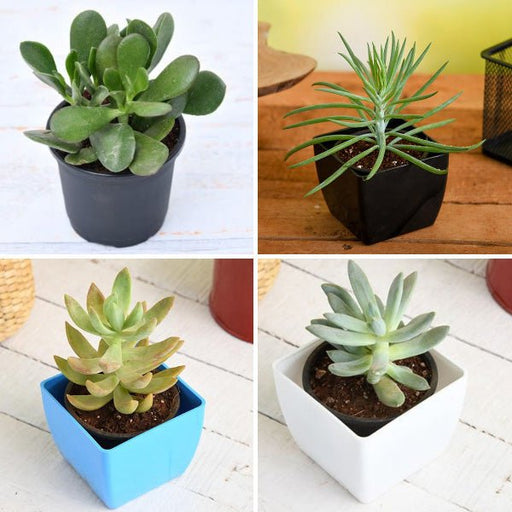 Save 45%
Save 45%
Top 4 Die Hard Succulents Pack Transform your indoor or outdoor space with our Top 4 Die Hard Succulents Pack, featuring a curated selecti...
View full details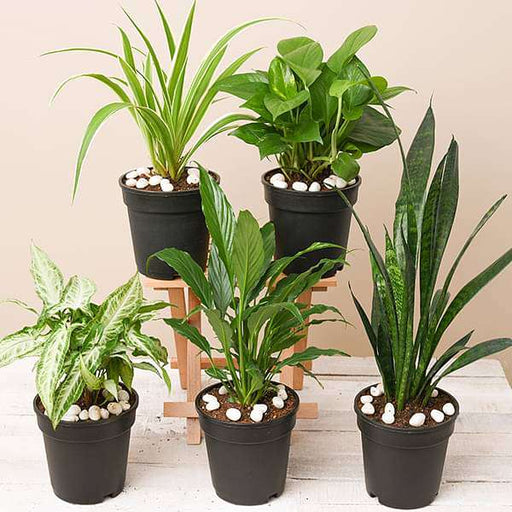
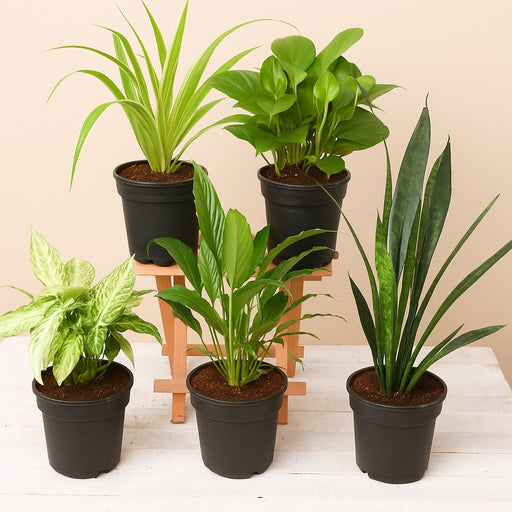 Save 30%
Save 30%
5 Best Indoor Plants Pack Transform your living space into a lush oasis with our '5 Best Indoor Plants Pack.' This carefully curated collection fe...
View full details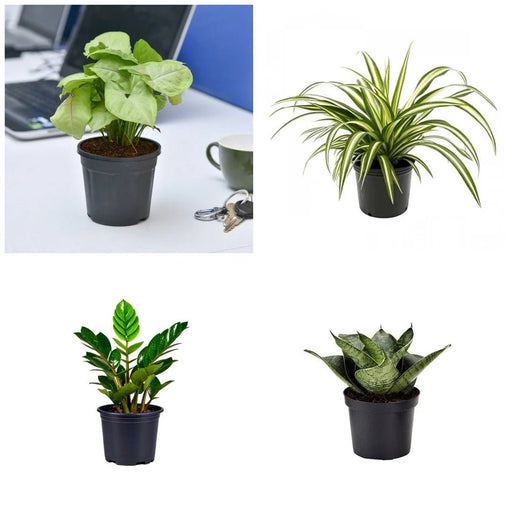
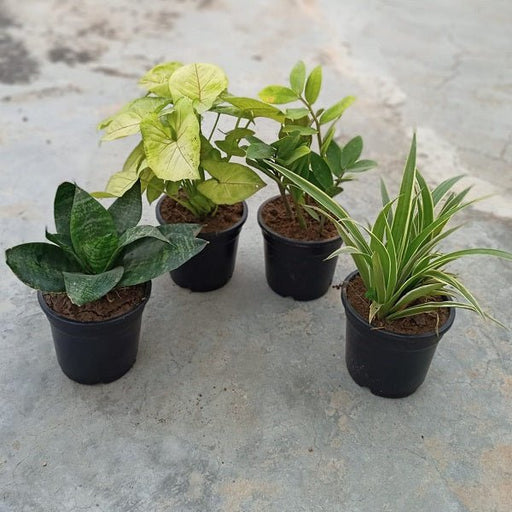 Save 25%
Save 25%
Set of 4 Evergreen Air Purifier Plant Pack Transform your indoor space into a lush, green oasis with our Set of 4 Evergreen Air Purifier Pla...
View full details| SrNo | Item Name |
|---|---|
| 1 | Kentia palm - Plant |
The Kentia Palm (Howea forsteriana) is a stunning tropical plant native to the Lord Howe Island in Australia. Known for its elegant fronds and graceful arching leaves, this palm adds a touch of sophistication to any indoor or outdoor space. With its ability to thrive in low light conditions, the Kentia Palm is perfect for homes, offices, and commercial spaces, making it a popular choice among plant enthusiasts and interior designers alike.
What makes the Kentia Palm special is its resilience and adaptability. This slow-growing palm can reach heights of up to 10 feet, making it an impressive focal point in any room. Its lush green foliage not only enhances aesthetic appeal but also contributes to improved air quality, making it an eco-friendly choice for indoor environments.
One of the standout features of the Kentia Palm is its low maintenance requirements. Unlike many other houseplants, it can tolerate neglect, making it ideal for busy individuals or those new to plant care. Its unique ability to thrive in various light conditions further solidifies its status as a beloved houseplant.
The Kentia Palm plays a significant role in promoting biodiversity and improving air quality. As a natural air purifier, it absorbs carbon dioxide and releases oxygen, contributing to a healthier indoor environment. Additionally, its cultivation supports sustainable practices, as it can thrive in various climates and requires minimal resources.
If you think caring for a Kentia palm is as easy as pie, think again! These tropical beauties require a bit of finesse. They thrive in bright, indirect light and prefer their soil to be on the drier side. Overwatering is their nemesis, so channel your inner Goldilocks and find that "just right" balance. Dust those leaves occasionally to keep them looking sharp and let them bask in the humidity. Remember, a happy Kentia palm is a well-cared-for Kentia palm!
Who knew a plant could be such a multitasker? The Kentia palm not only adds a touch of tropical flair to your home but also purifies the air, making it a natural air freshener. It’s like having a personal assistant that doesn’t ask for a paycheck! Plus, its elegant fronds can elevate your interior design game, making your space feel like a luxurious resort. Talk about a win-win!
Patience is a virtue, especially when it comes to the growth rate of the Kentia palm. These slow and steady contenders can take their sweet time to reach their full height, which can be up to 10 feet indoors. So, if you’re looking for instant gratification, you might want to consider a plastic plant instead. But hey, good things come to those who wait, right?
Ready to expand your Kentia palm empire? Propagation is the name of the game! While it’s not the easiest plant to clone, you can try your hand at division. Just make sure to do it during the growing season and give your new plant some TLC. It’s like sending your palm on a little vacation to a new pot. Who wouldn’t want that?
Beware, the Kentia palm has its fair share of uninvited guests! Spider mites and scale insects can crash the party if you’re not careful. Keep an eye out for these little troublemakers and act fast with insecticidal soap or neem oil. Think of it as a plant bouncer, keeping the riffraff out and ensuring your palm remains the star of the show.
The Kentia palm is a diva when it comes to lighting! It prefers bright, indirect light but can tolerate low light conditions. Just don’t leave it in the dark for too long, or it might throw a tantrum. If you want to keep your palm happy and thriving, find a spot where it can soak up the sun without getting scorched.
To be or not to be, that is the question for your Kentia palm! While it can thrive indoors, it also loves to stretch its fronds outdoors in a warm climate. Just remember, if you take it outside, it needs a little acclimation time to avoid sunburn. Whether it’s a cozy corner in your living room or a sunny patio, your palm will adapt like a pro.
Good news for pet lovers! The Kentia palm is non-toxic to cats and dogs, making it a safe choice for your furry friends. You can finally relax knowing that your plant won’t turn into a villain in your pet’s story. Just keep an eye on those curious noses; they might still want to investigate!
When it comes to feeding your Kentia palm, less is more! A balanced liquid fertilizer during the growing season will do the trick. Just don’t overdo it, or you might end up with a palm that’s more “overfed” than “well-fed.” Think of it as a spa day for your plant—just the right amount of pampering!
Size matters, especially when it comes to the Kentia palm! These elegant plants can grow anywhere from 3 to 10 feet tall, depending on their environment and care. So, if you’re looking for a statement piece, this palm can deliver. Just be prepared for it to take up some real estate in your home!
Did you know there are different varieties of Kentia palms? While the Howea forsteriana is the star of the show, you might also stumble upon the Howea belmoreana. Each variety has its own charm, but they all share that signature tropical vibe. It’s like having a family reunion of palm royalty in your living room!
A Kentia palm is like the cool, laid-back cousin of the palm family. Known scientifically as Howea forsteriana, this tropical beauty hails from Lord Howe Island. With its graceful fronds and elegant stature, it’s the perfect plant to elevate your indoor jungle without demanding too much attention.
Caring for a Kentia palm is like nurturing a diva who loves indirect sunlight and moderate watering. Keep the soil slightly moist but not soggy, and let it dry out between drinks. Dust those fronds occasionally to keep them looking fabulous, and watch your plant thrive like a star!
Kentia palms are the introverts of the plant world, preferring bright, indirect light. They can tolerate low light, but too much sun can scorch their delicate leaves. Think of them as the plant version of a cozy café—perfect for sipping coffee in the shade!
Watering your Kentia palm is like giving it a spa day—just the right amount! Typically, every 1-2 weeks is ideal, but always check the top inch of soil. If it’s dry, it’s time for a drink. If it’s still moist, let it chill a bit longer.
Kentia palms prefer a well-draining potting mix, like a tropical vacation for their roots. A blend of peat, perlite, and pine bark works wonders, allowing for good aeration and moisture retention. Think of it as the perfect beach resort for your plant’s roots!
Absolutely! Kentia palms are the ultimate indoor companions, thriving in homes and offices alike. They add a touch of elegance and tropical flair without being high-maintenance. Just give them the right light and water, and they’ll be your leafy sidekick for years to come.
A Kentia palm can reach heights of 6 to 12 feet, depending on its environment and care. It’s like the gentle giant of indoor plants, providing a lush, tropical vibe without taking over your living space. Just make sure it has enough room to stretch its leafy arms!
Yes, the Kentia palm is a pet-friendly plant! Unlike some of its toxic cousins, this palm won’t cause any harm to your furry friends. So, let your pets roam freely around this tropical beauty without worrying about any accidental munching mishaps.
Propagating a Kentia palm is like trying to clone your favorite celebrity—tricky but possible! The best method is through seeds, which can take a while to germinate. Patience is key, as you wait for those little green stars to sprout and shine in your home.
Keep an eye out for pesky pests like spider mites and scale insects. They’re like uninvited guests at a party, and you don’t want them crashing your plant’s vibe. Regularly inspect your Kentia palm and treat any infestations promptly to keep it looking fabulous.
With proper care, Kentia palms can live for decades—talk about a long-term commitment! These resilient beauties can thrive for 50 years or more, becoming a cherished part of your home. Just think of them as the wise old sage of your indoor garden!
Yes, you can take your Kentia palm outside for a summer vacation, but be gentle! Gradually acclimate it to the outdoor environment, avoiding direct sunlight. It’s like introducing your introverted friend to a party—give them time to adjust, and they’ll thrive in the fresh air!